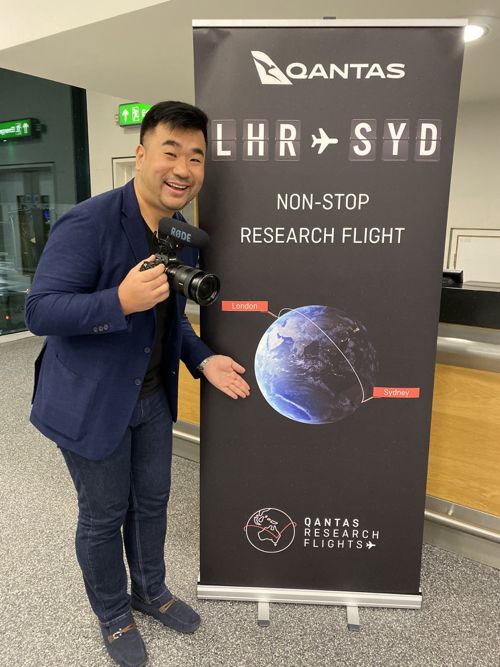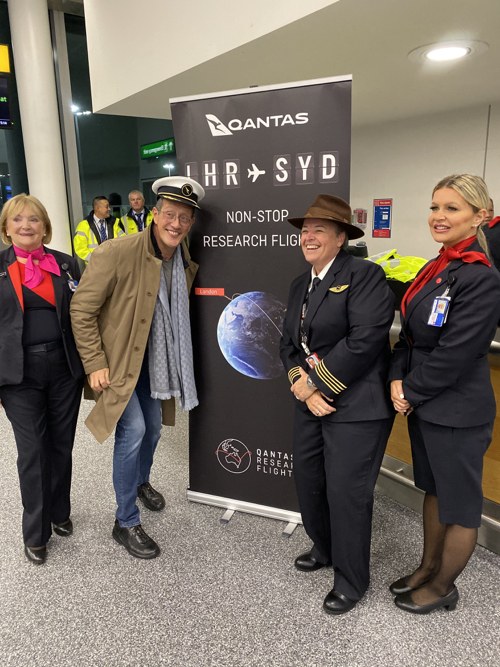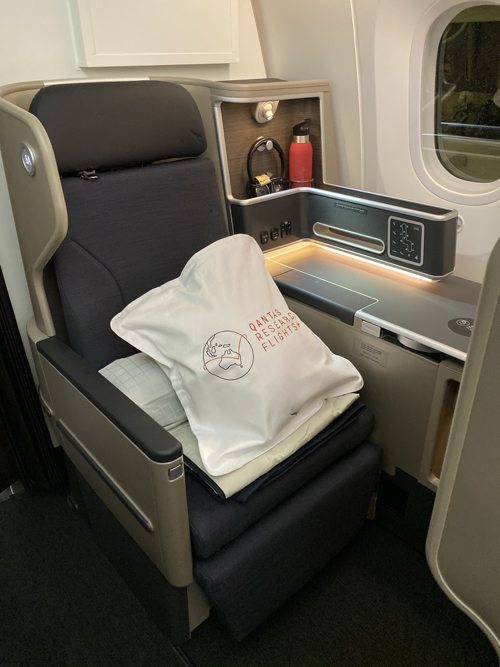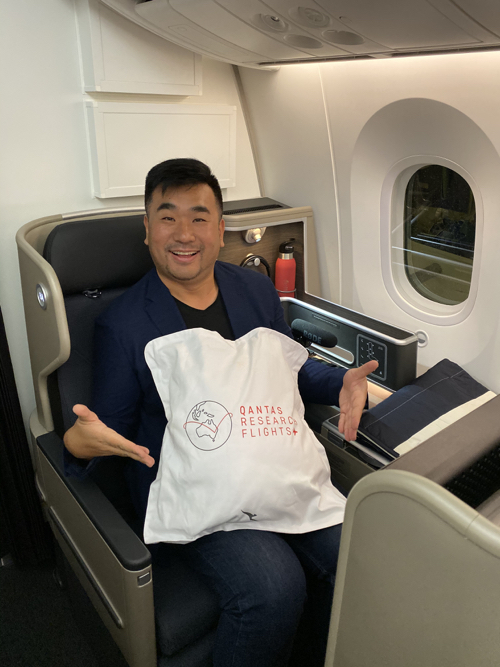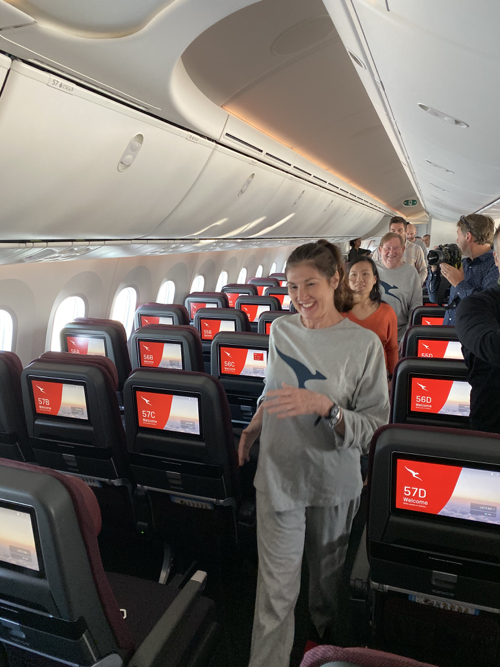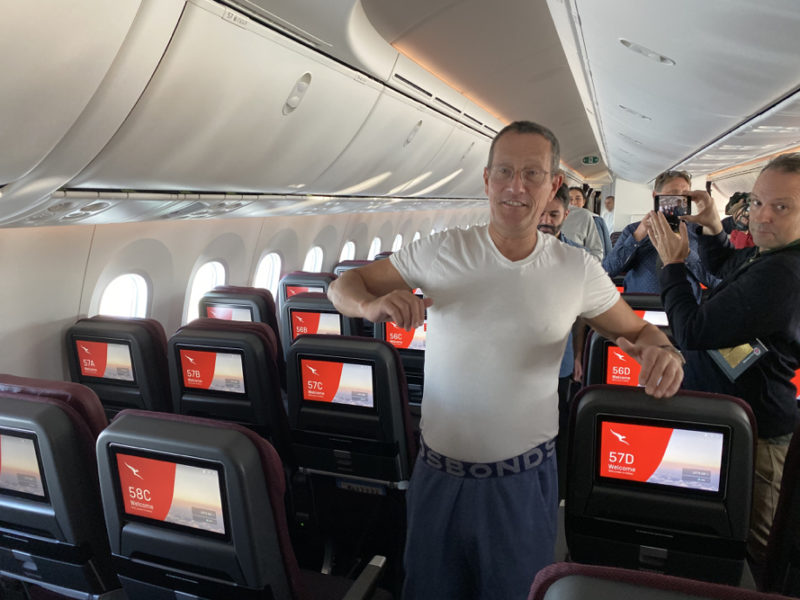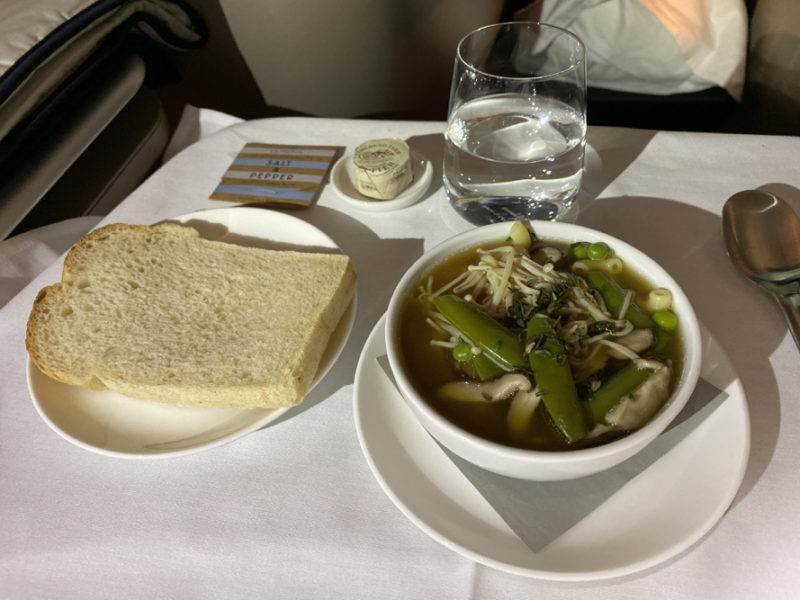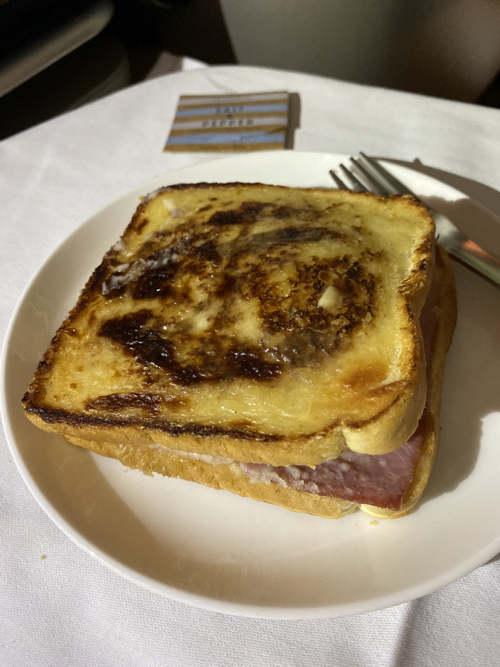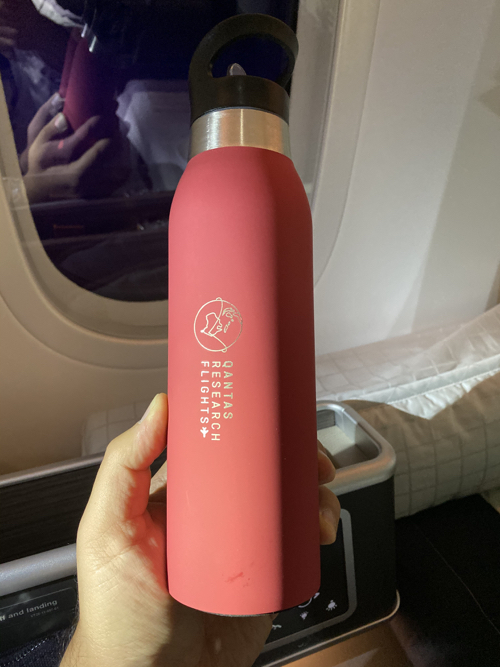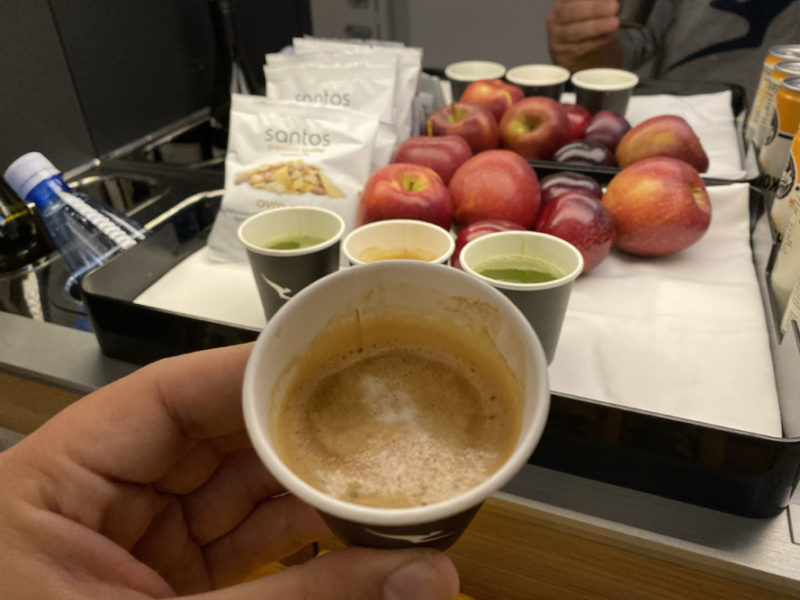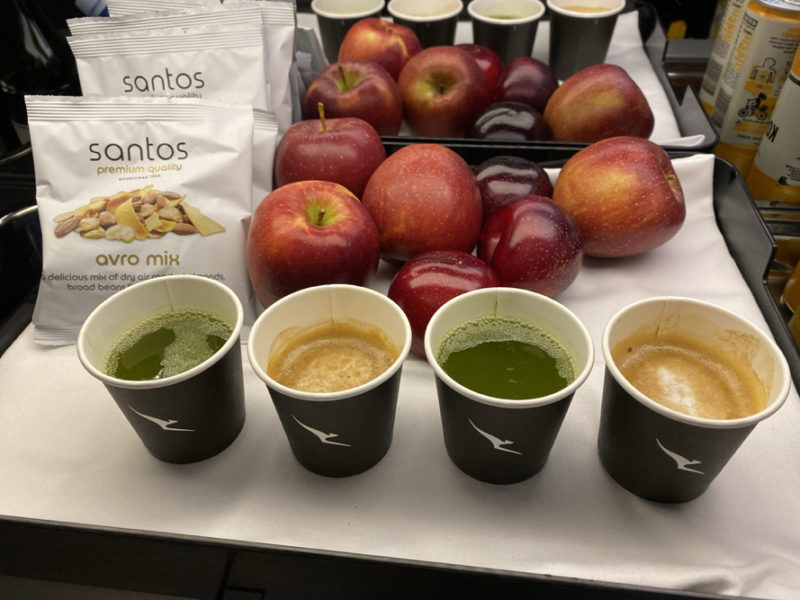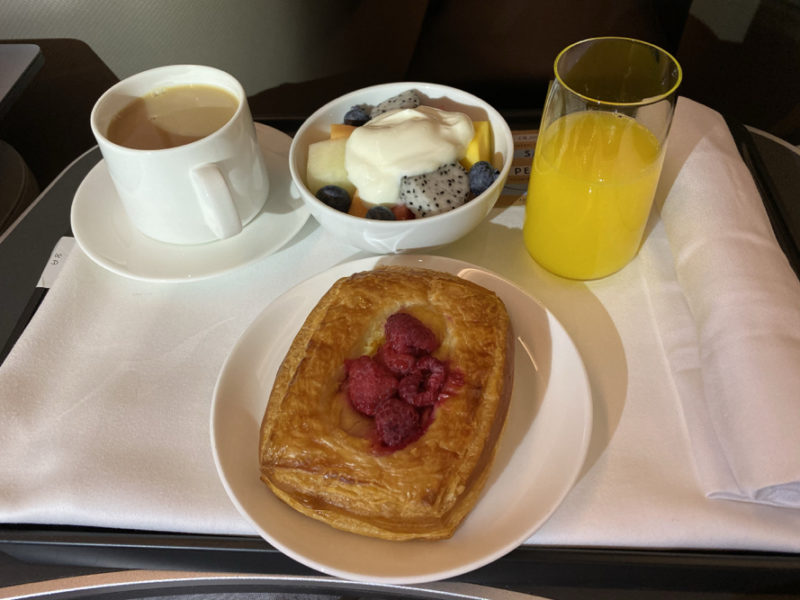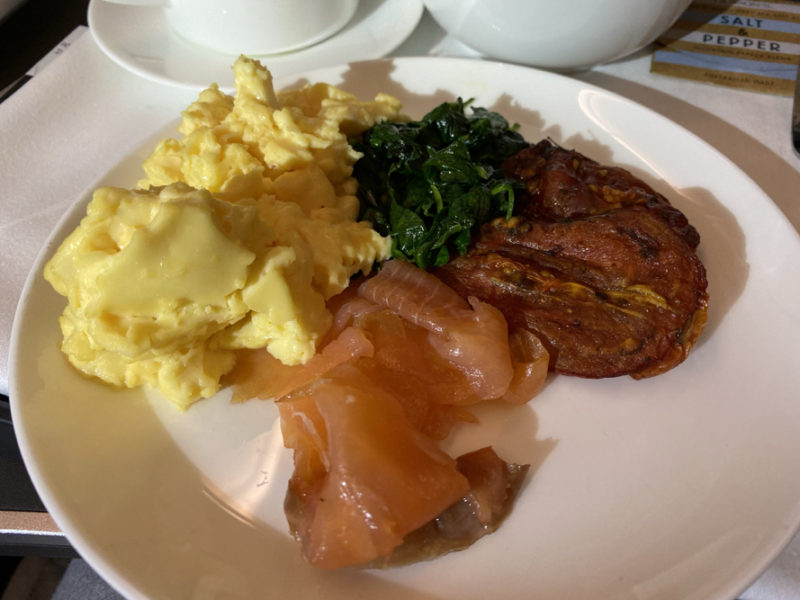Overcoming the Final Frontier in Aviation
Qantas has named its endeavor “Project Sunrise” after the airline’s historic ‘Double Sunrise’ endurance flights during the Second World War, which remained airborne long enough to see two sunrises.
This is the second of three Project Sunrise research flights, after New York to Sydney last month. Qantas is seeking to provide ultra long haul flights linking the East Coast of Australia with London and New York.
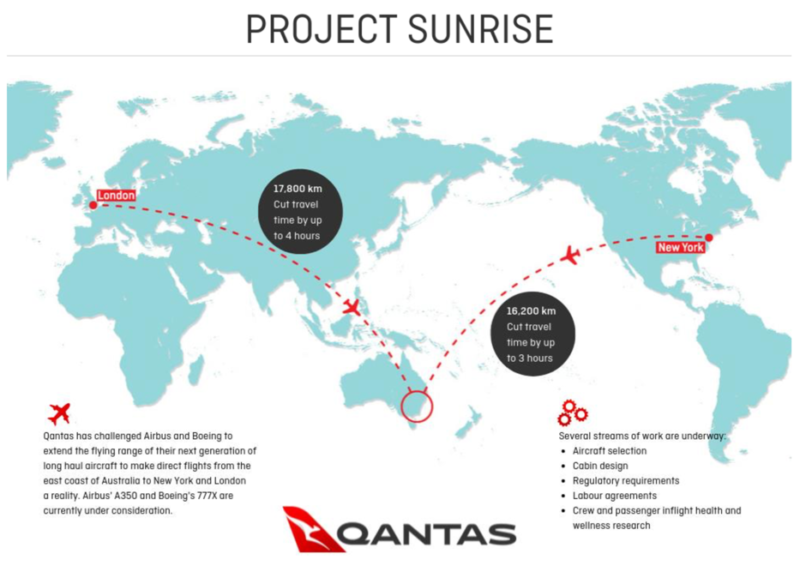
Not a Typical Passenger Flight
The flight is not a typical passenger flight; it is a delivery flight and a research flight. The brand new Boeing 787-9, VH-ZNJ in Qantas special Centenary livery, flew in from the Boeing factory via Los Angeles to London the day before.
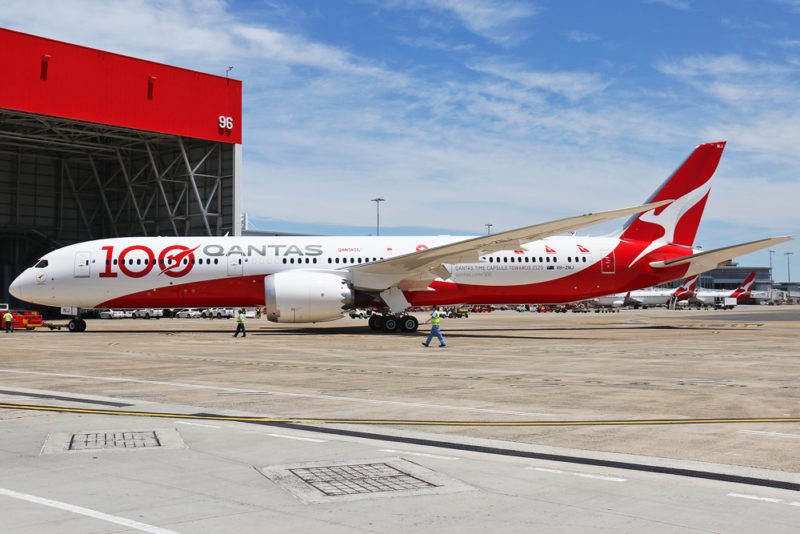
I started my trip leaving the hotel in London City at 03:30 and arrived at Heahrow Terminal 3 at 04:15.
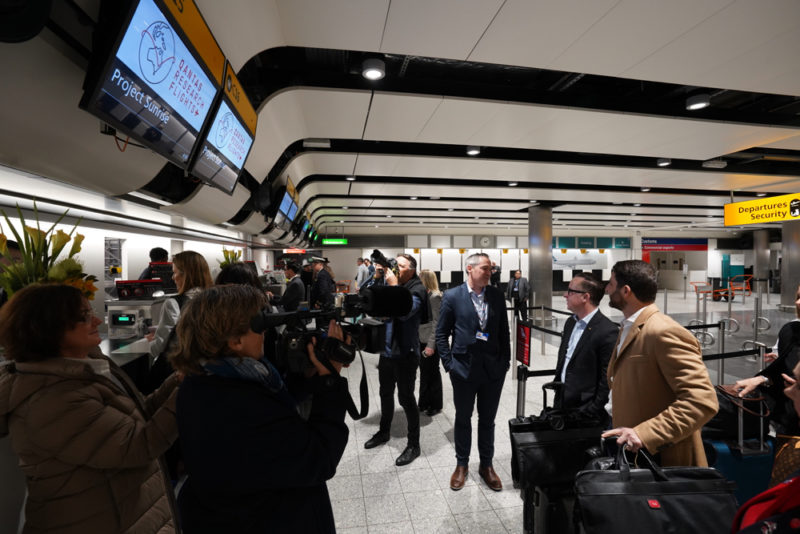
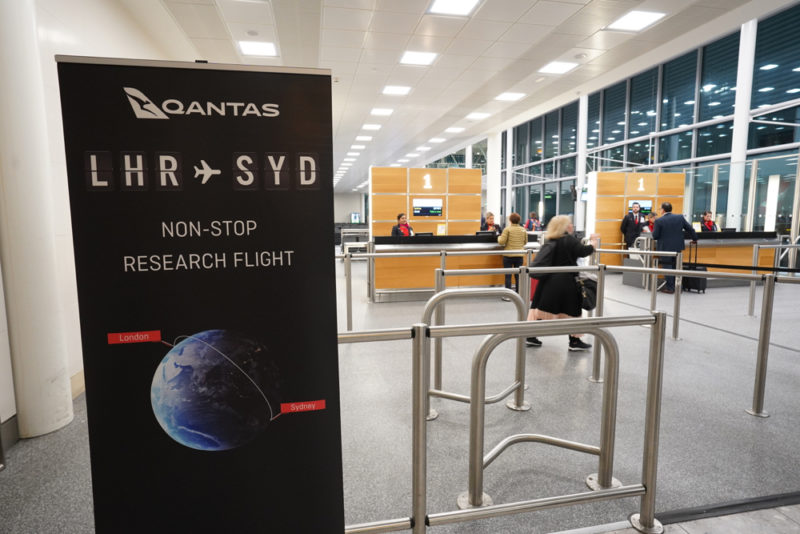
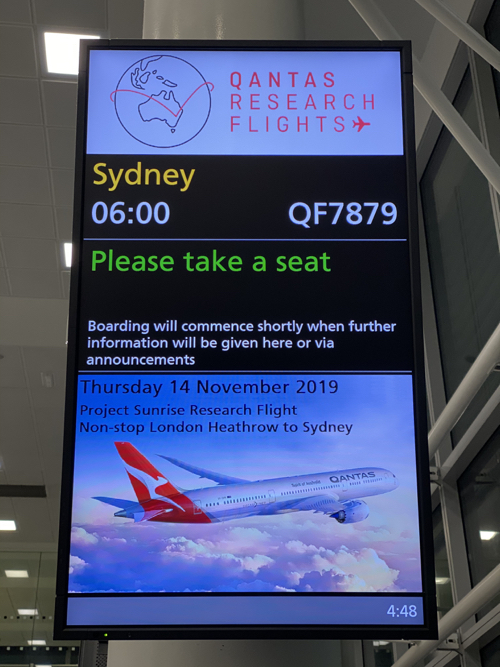
The flight, QF7879 non-stop from London to Sydney is scheduled to depart at 06:00 and arrive in Sydney the next day at 12:30. There is an 11 hours time difference between London and Sydney, ensuring passengers on the flight get to witness a “double sunrise”.
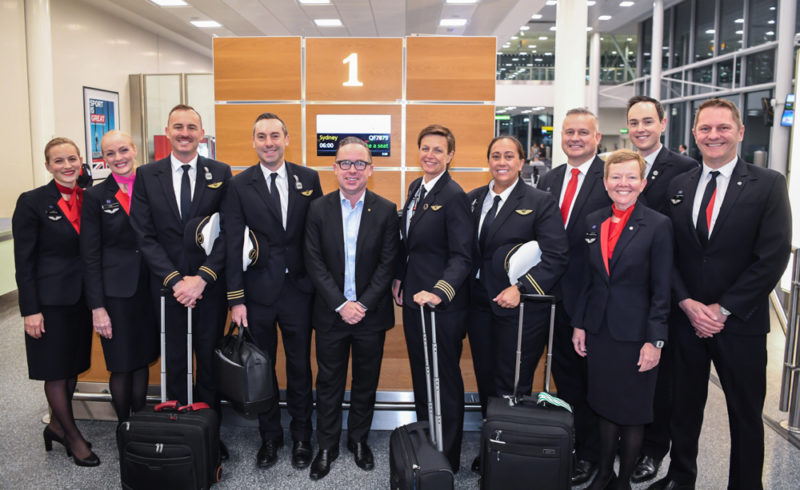
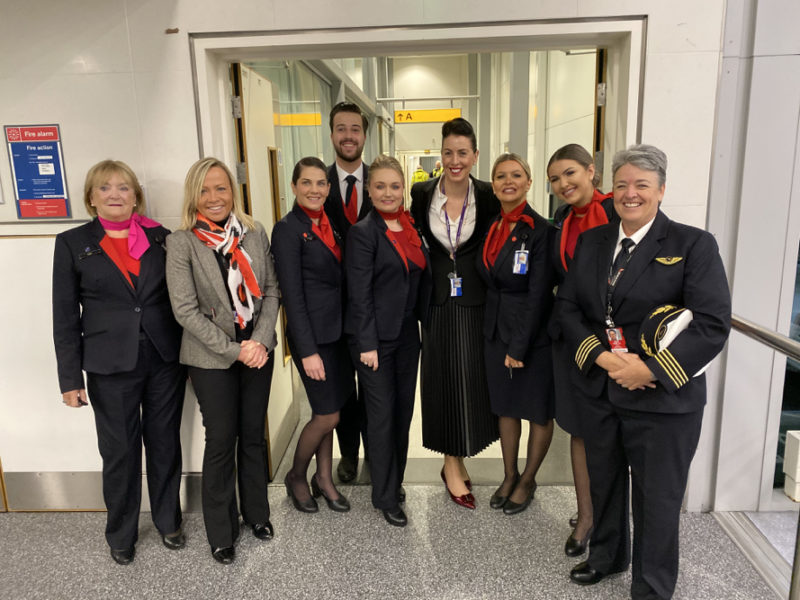
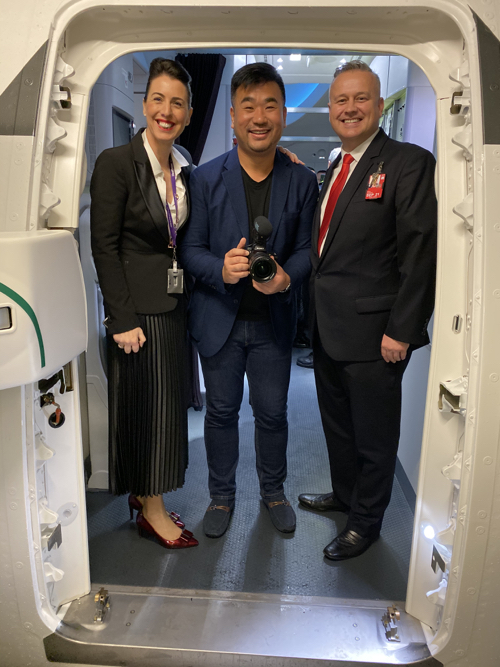
The flight is operated by Qantas captain Helen Trenerry, First officer Ryan Gill and 2 second officers (Chris Agnew and Tegan Gray). None of the pilots are from management, as the captain explained “we want to have as close to the real flying experience by our regular pilots.”
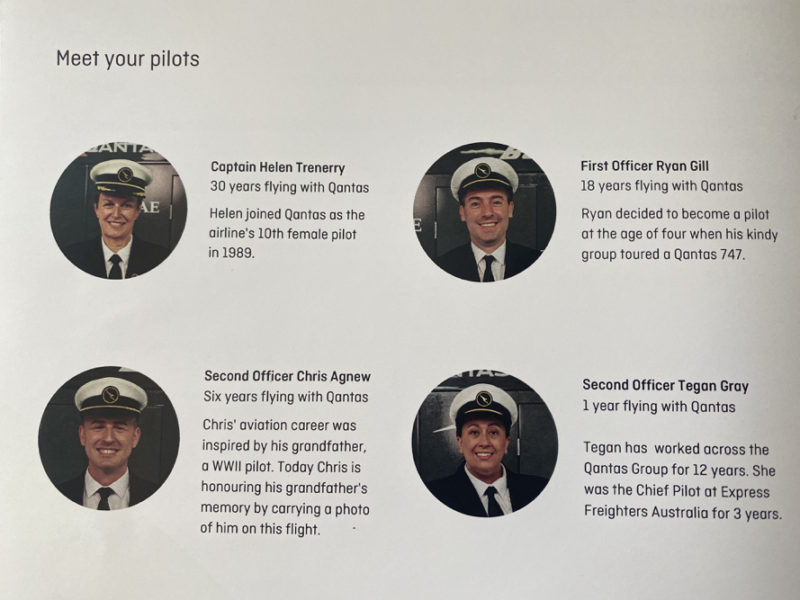
Also joining them in the cabin are captain Lisa Norman and Alex Passerini, who flew in the day before on the delivery flight from LA to London.
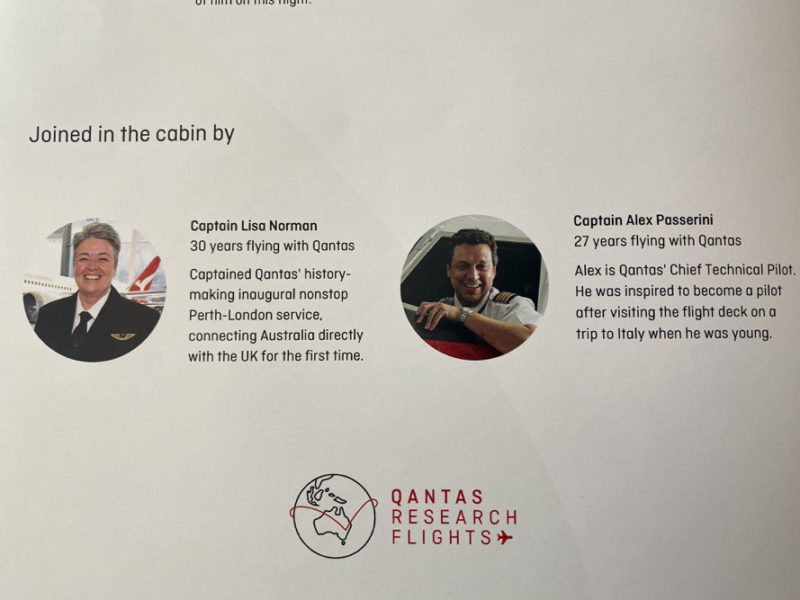
There were 38 passengers, including 6 passengers undertaking research. Others who were invited were: media, regulatory personnel, VIP and Qantas management. All of us were seated in the front of the plane in Business Class, while our luggage was stored in the rear to balance the plane.
When I asked why there were no passengers seated in the rear of the plane. (apart from severe payload restrictions)
"The current Economy Class offering would not represent the actual product on Project Sunrise should the project go ahead. The Economy Class on Project Sunrise will be far better and roomier for the ultra long haul flight."
Qantas explains
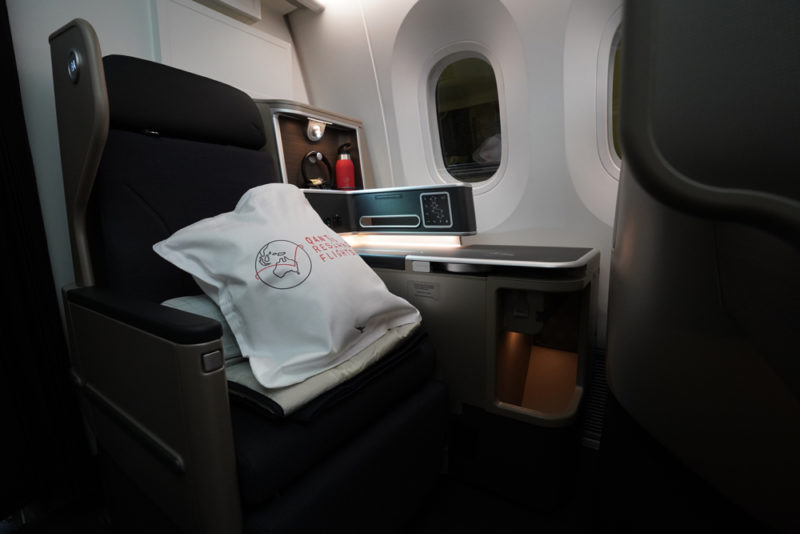
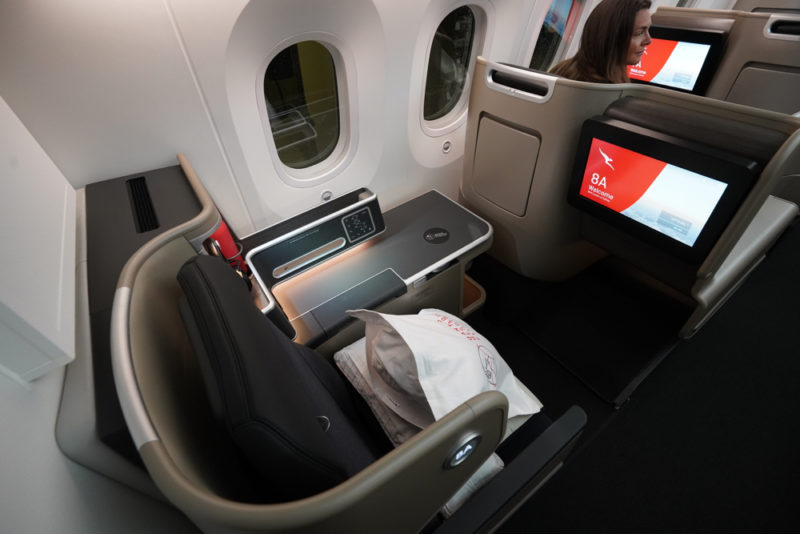
The flight departed at 06:09 from runway 27L at Heathrow. Flight time was to be 19 hours and 19 minutes non-stop to Sydney.
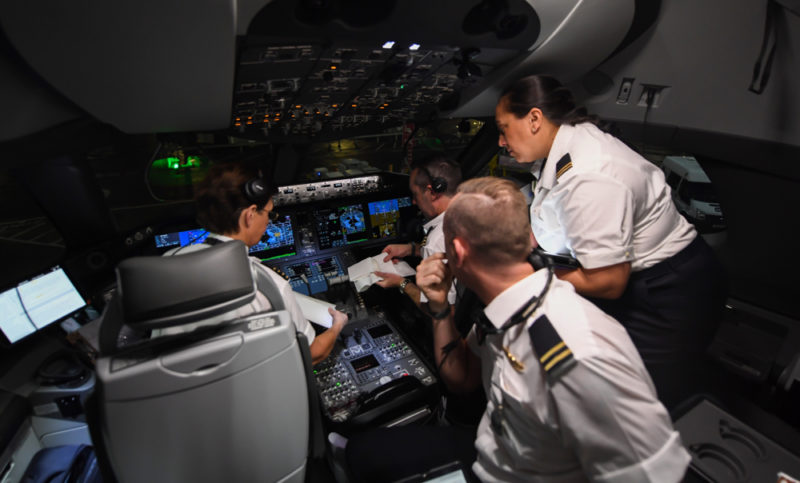
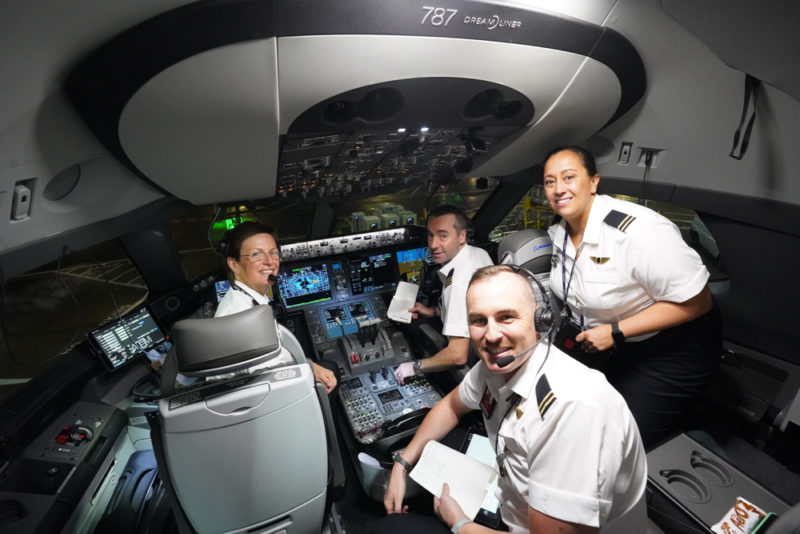
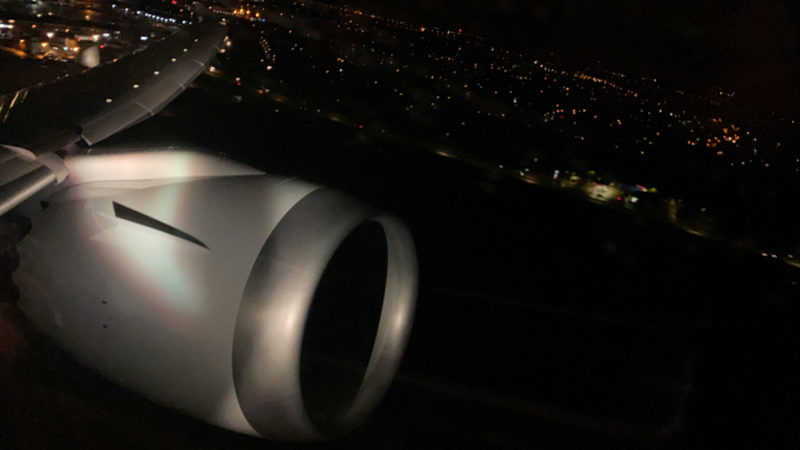
The London to Sydney flight overflew the following countries: Netherlands, Germany, Poland, Belarus, Russia, Kazakhstan, China, Philippines and Indonesia.
Essentially the flight can be broken into 2 parts, London to Hong Kong and then Hong Kong to Sydney.
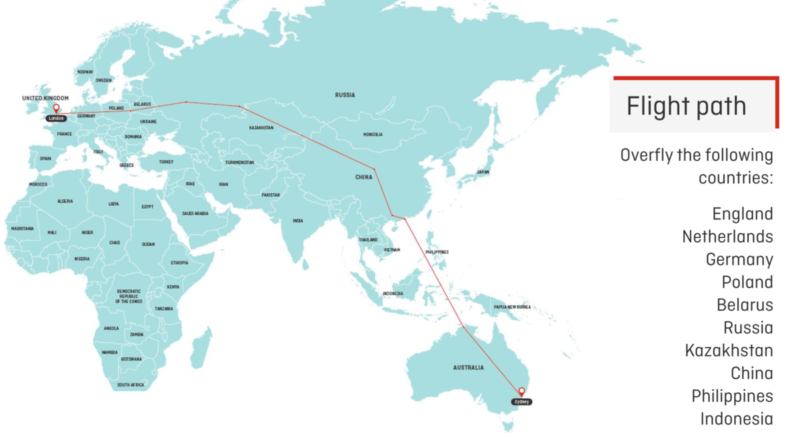
Sunrise and Exercise
About 40 minutes after takeoff, we witnessed the first sunrise on this flight. The front cabin light was dimmed to allow passengers to acclimatise to Sydney's evening time clock. I moved to the rear of the plane to record the sunrise.
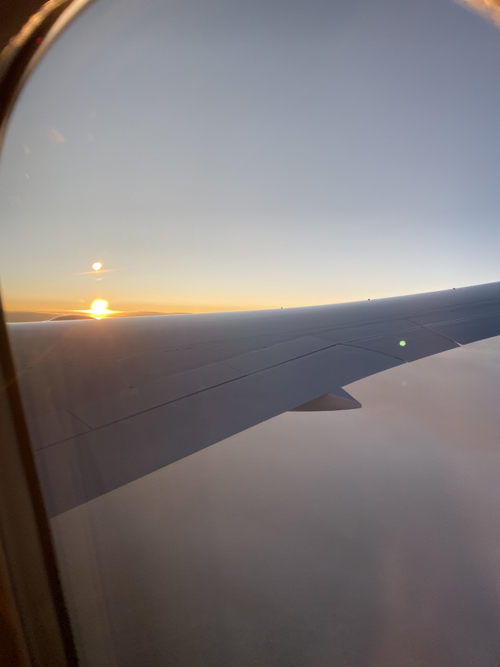
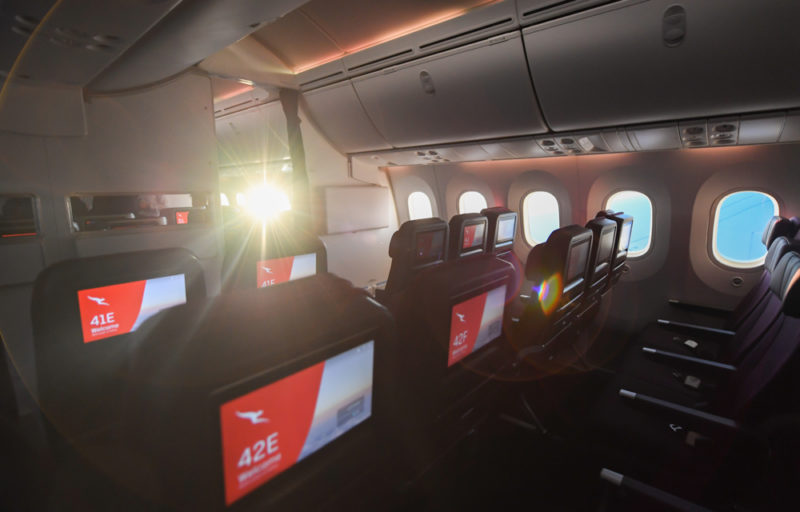
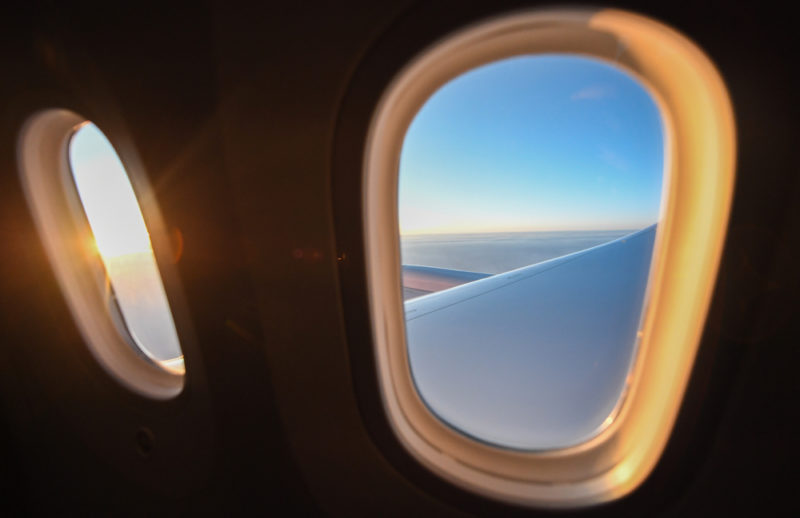
Led by Professor Corinne Caillaud, from Charles Perkins Centre at University of Sydney, passengers were encouraged to perform simple set of exercise in the aisle of the Economy cabin. These exercises included simple walking, stretching in different positions, squatting and lifting heels/tows.
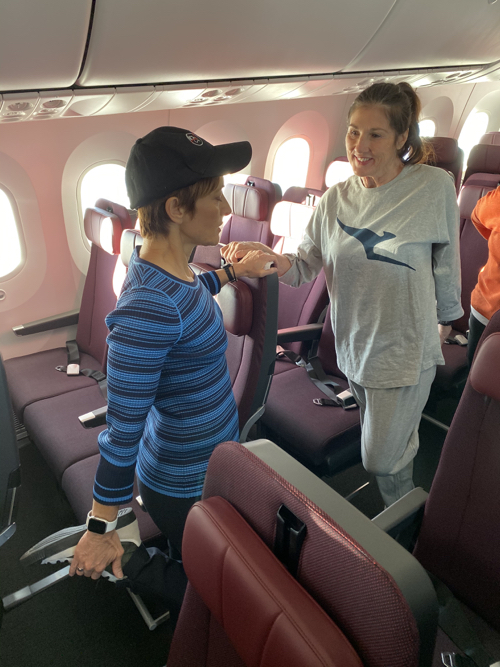
Exercise on the research flight from London to Sydney 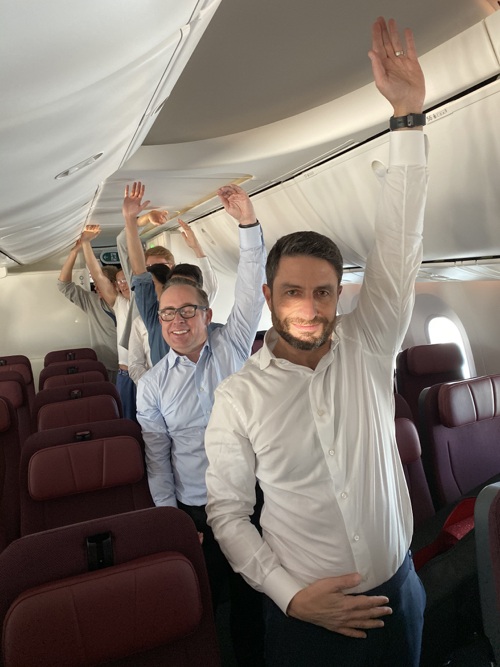
Exercise on the research flight from London to Sydney
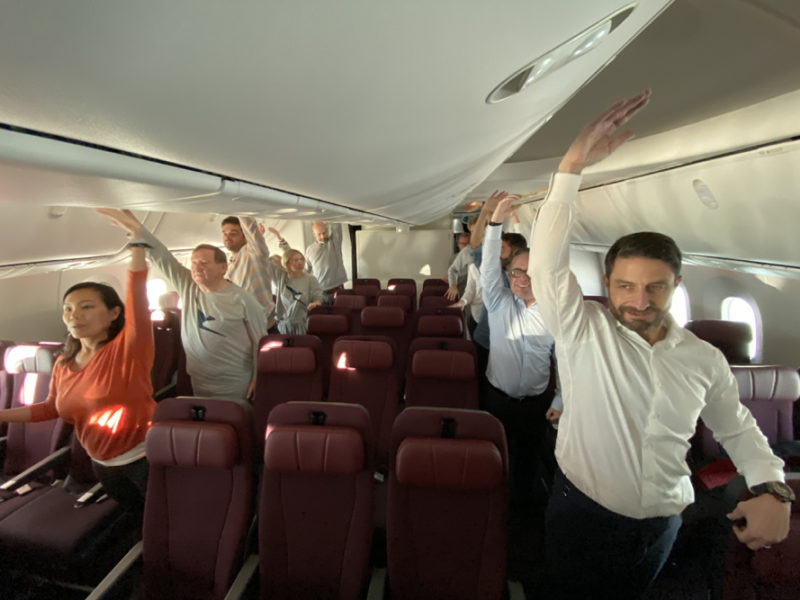
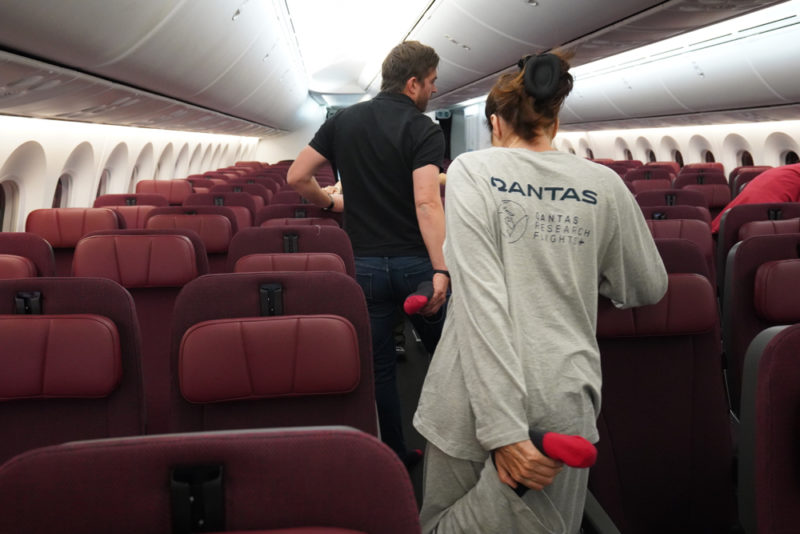
Jetlag Strategies
Qantas is working in partnership with the University of Sydney’s Charles Perkins Centre and CRC for Altertness, Safety and Productivity onboard this flight, to collect real time data on passenger and crew inflight health and wellness.
This flight has been designed to test the effect of specially timed food, drink, movement, lightning and sleep on the wellness of passengers during the long journey.
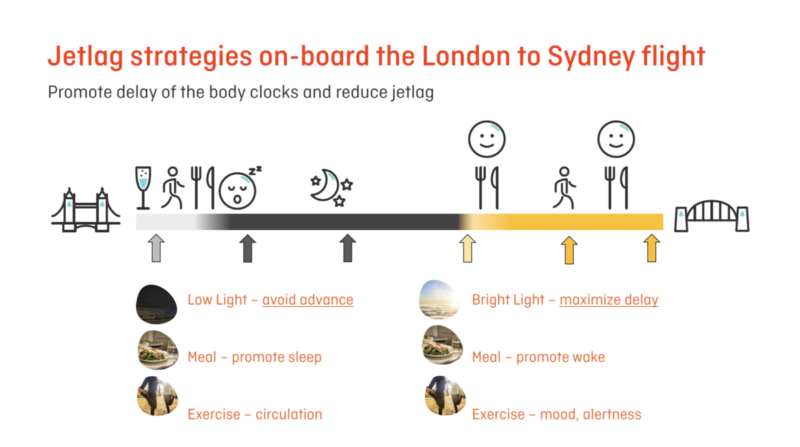
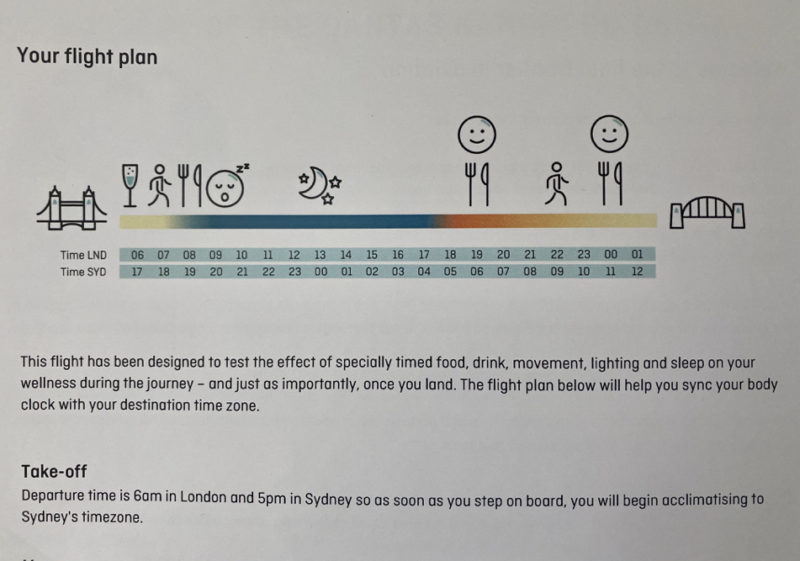
“The flight will involve passengers eating supper at breakfast time, with the aim of encouraging them to sleep at 10am in the morning London time to help avoid light and reset their body clock to Sydney time.”
Professor Corinne Caillaud
The lighting schedule in the cabin is designed to maximise adaptation to the destination time zone.
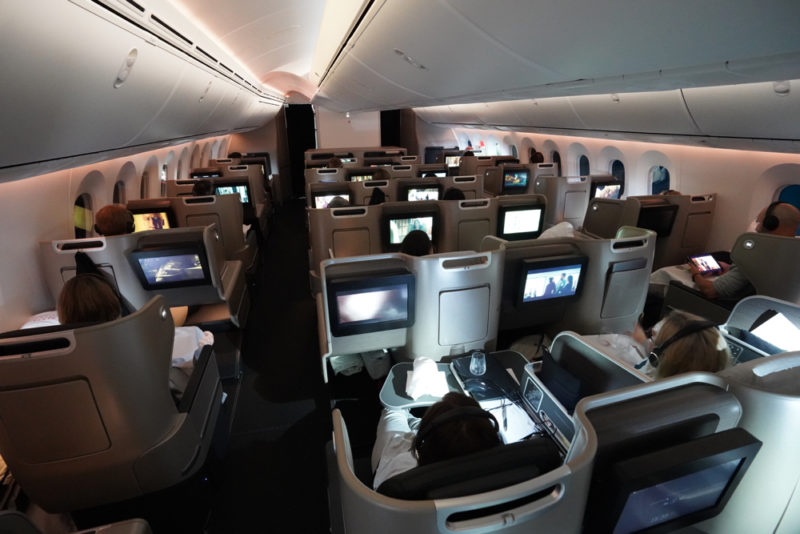
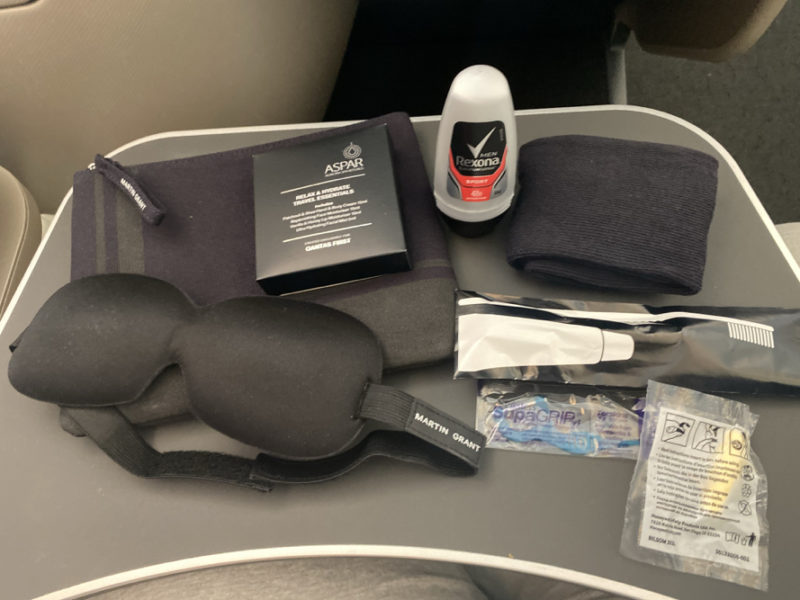
Qantas First Class amenities 
Qantas First Class amenities
Not Your Regular Inflight menu
After take-off a range of high GI supper options were offered such as chicken broth with macaroni or a steak sandwich, along with a glass of wine and a milk based dessert.
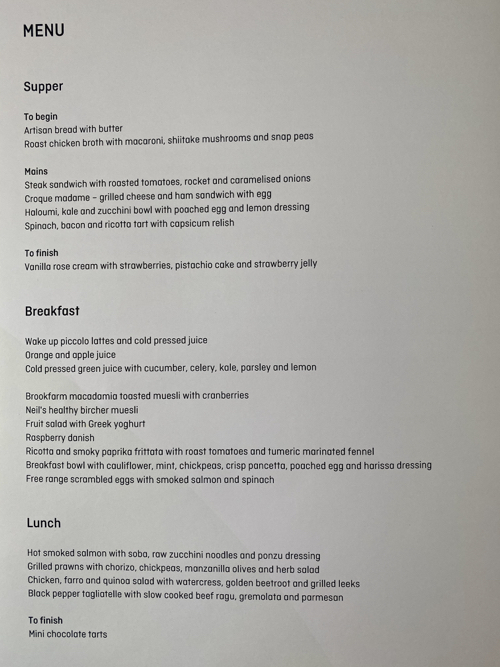
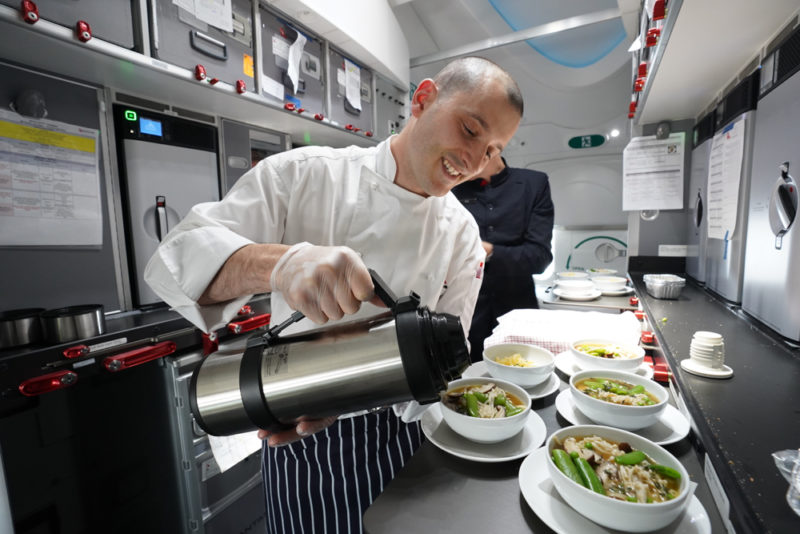
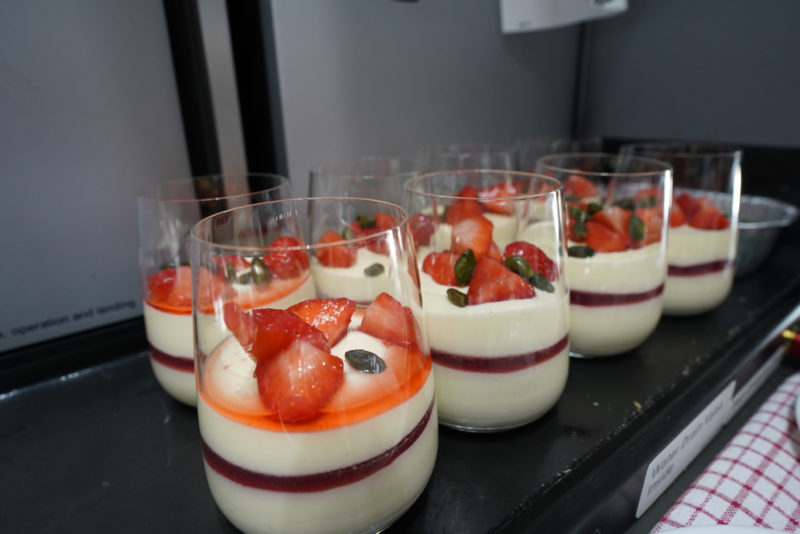
There were no soft drinks nor spirits loaded on the flight; healthier drinks such as Kombucha and coconut water were provided instead. Qantas also provided every passenger with a refillable water bottle, which I think is a great initiative to avoid plastic bottles.
After the supper, passengers, including myself, got to go straight to sleep.
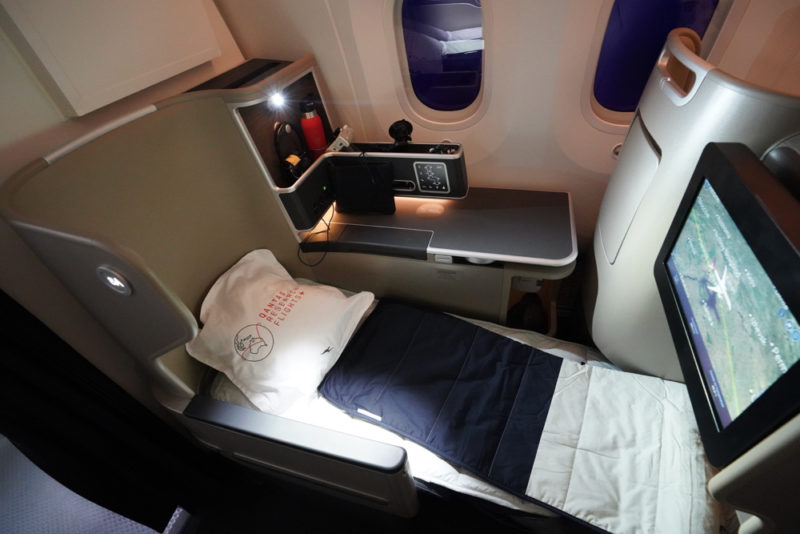
At this point, three hours had past into the 19 hours flight.
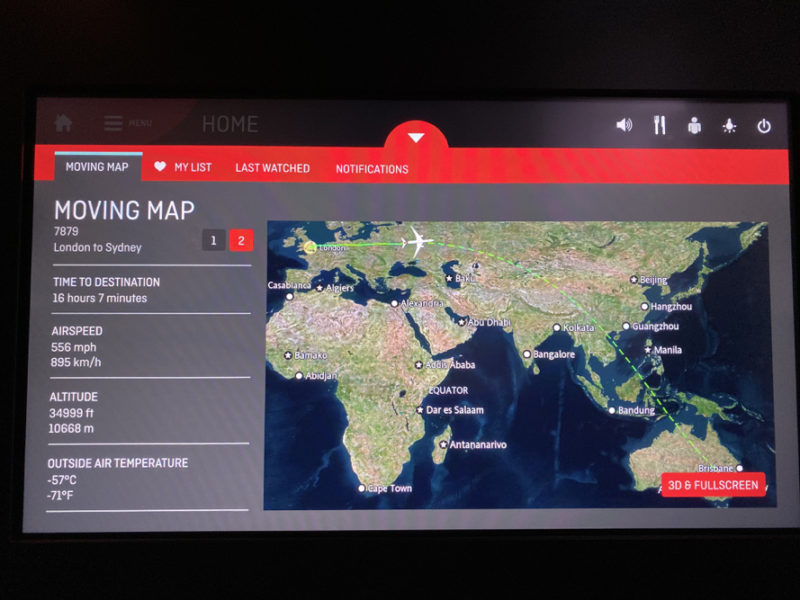
Research Flight
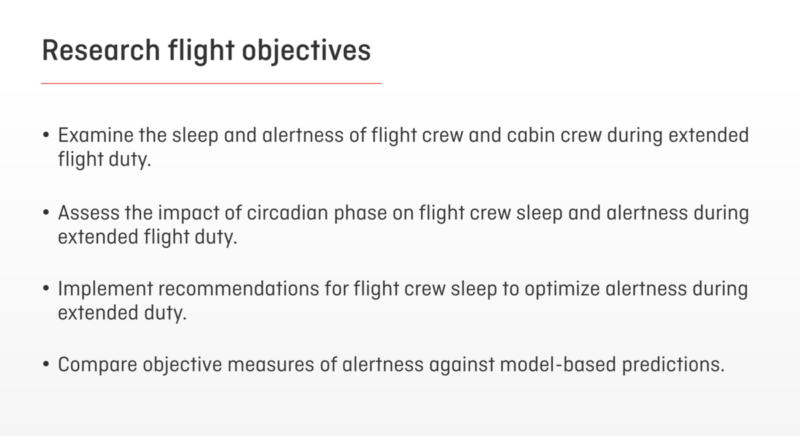
Objectives on Qantas Research Flight
The findings of this study will help shape the design of the aircraft cabin of the future, maximise inflight health and comfort and minimise jet leg for passengers. Pilot research will monitor flight crew alertness and optimal work and rest patterns for ultra-long haul flying.
Cabin lighting and temperature, stretching and meditation will also play key roles in the research.
Pilot and Cabin Crew Research – in partnership with the CRC for Alertness, Safety and Productivity
Four pilots and six cabin crew are involved in the data collection, wearing devices to measure activity and light exposure, completing sleep diaries and tests of alertness and reaction time.
Pilots wear EEG (electroencephalogram) brain monitoring equipment for the duration of the flight, to track brain activity and monitor alertness during their “on” times and quality of sleep during their “rest” periods.
Pilots also provide researchers with urine samples from before, during and after the flight, which will track melatonin levels to establish individual body clock timing.
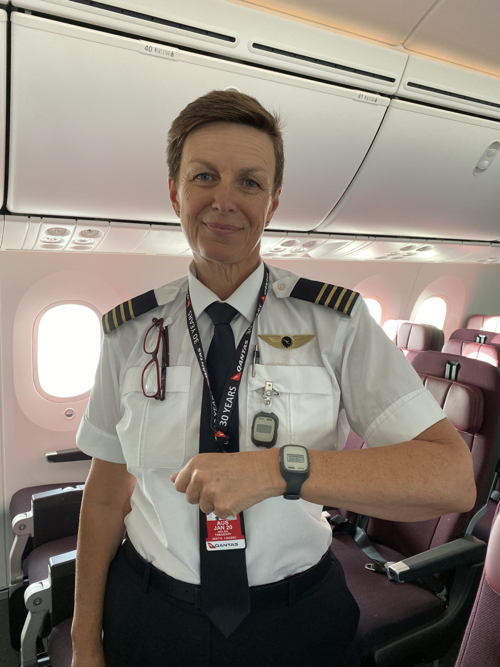
Pilot wearing wrist band to measure light exposure 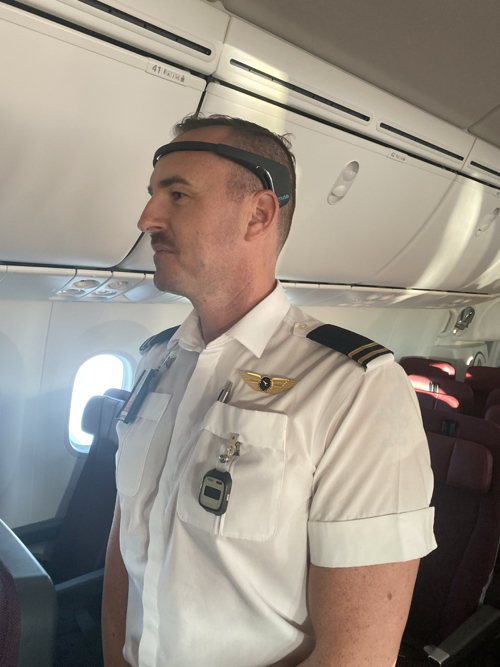
Pilot wearing head band to measure their brainwave
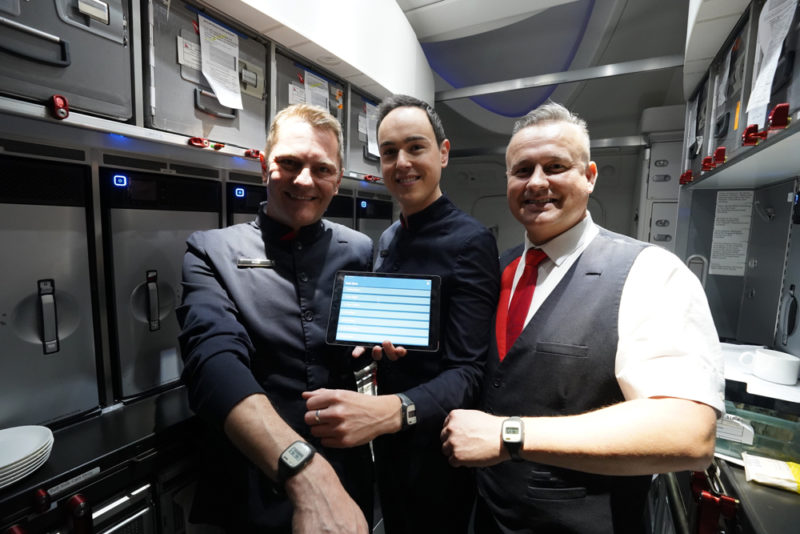
The primary aim of the research is to examine the sleep cycles and alertness of pilots and cabin crew during extended flight duty, to establish optimum crew work and rest patterns.
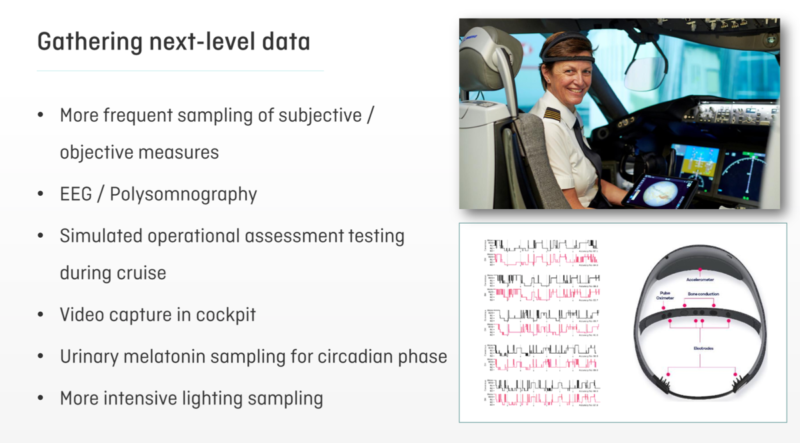
Cameras are mounted in the cockpit for the flight duration to record alertness cues and operational activities.
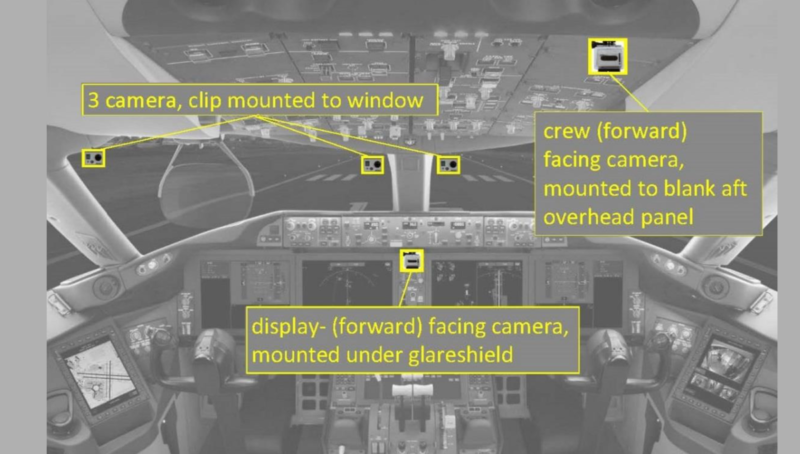
Passenger Research – in partnership with University of Sydney’s Charles Perkins Centre
The aim of the research is to identify strategies to reduce jetlag and promote inflight health. Passengers are fitted with wearable device technology to track movement and light exposure.
Passengers keep a daily log for a week prior to the flight, during the flight, and for two weeks after the flight, noting how they feel throughout the study.
Passengers will complete a test on an iPad, similar to a game of “Whack a Mole”, to gauge reaction time and cognitive performance.
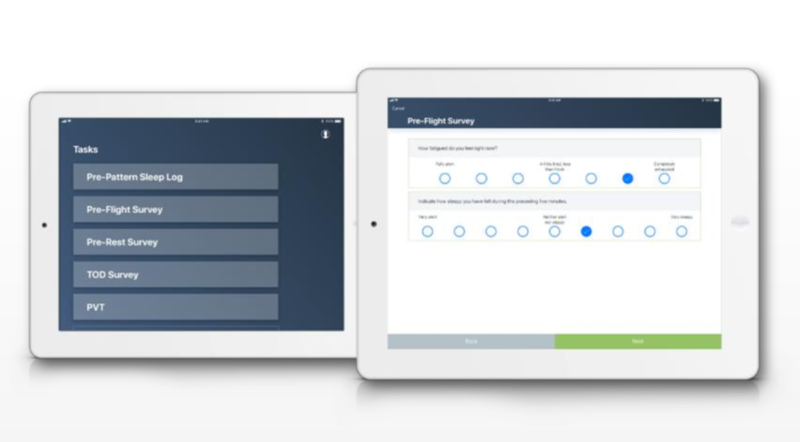
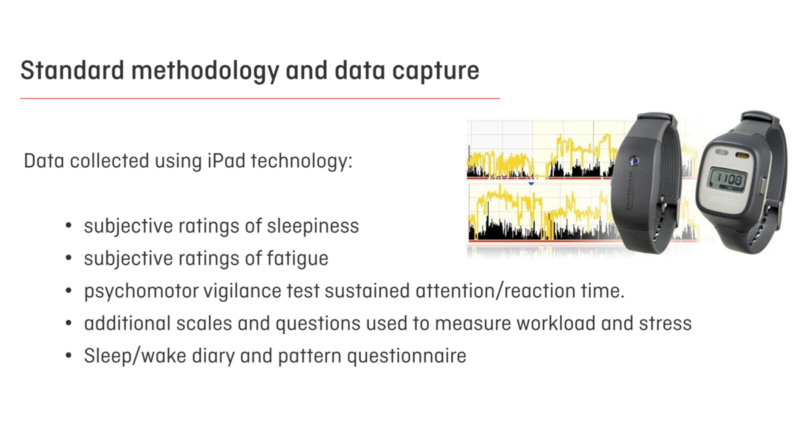
Double Sunrise sighted
After a long un-disruptive rest and 13 hours into the flight, I witnessed the second sunrise over Ambon, Indonesia.
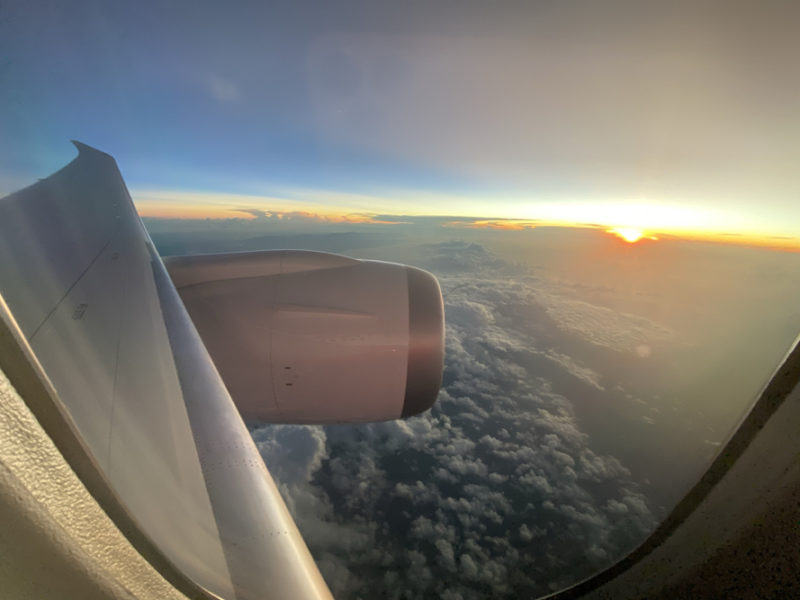
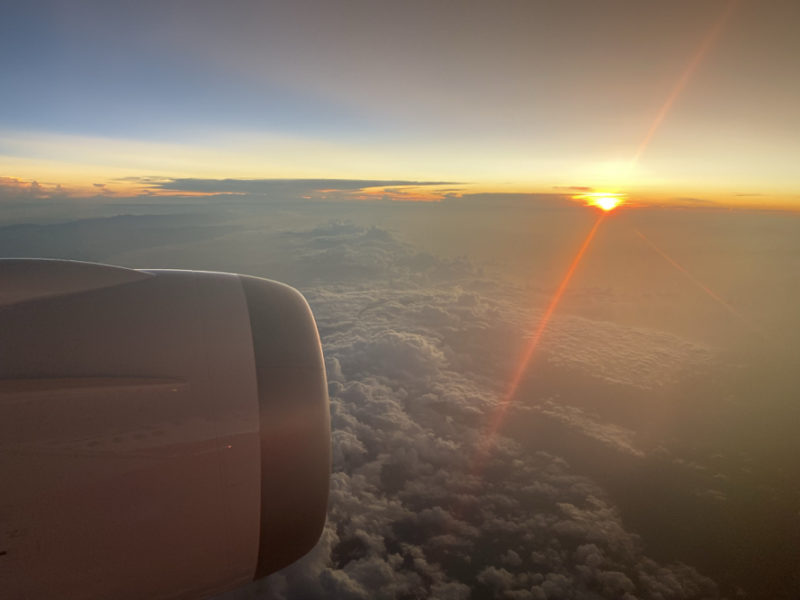
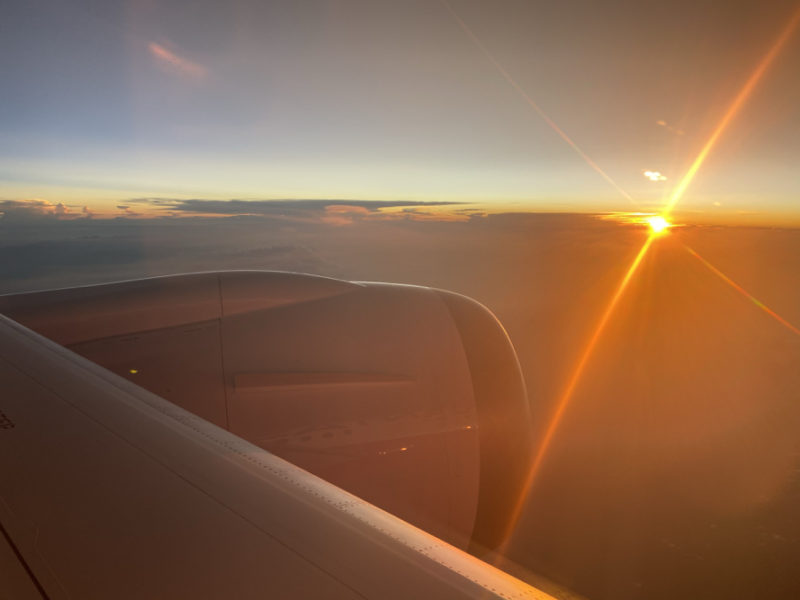
Breakfast was served during sunrise; passengers were offered a shot of piccolo latte or cold pressed juices.
Secret Order of the Double Sunrise
Qantas has named its endeavor “Project Sunrise” after the airline’s historic ‘Double Sunrise’ endurance flights during the Second World War, which remained airborne long enough to see two sunrises.
On today's flight, we were presented with a flight certificate "Secret Order of the Double Sunrise"
One side of the certificate is for the current flight and on the other side of the certificate is a replica of the 1944 flight made on the Catalina Flying Boat.
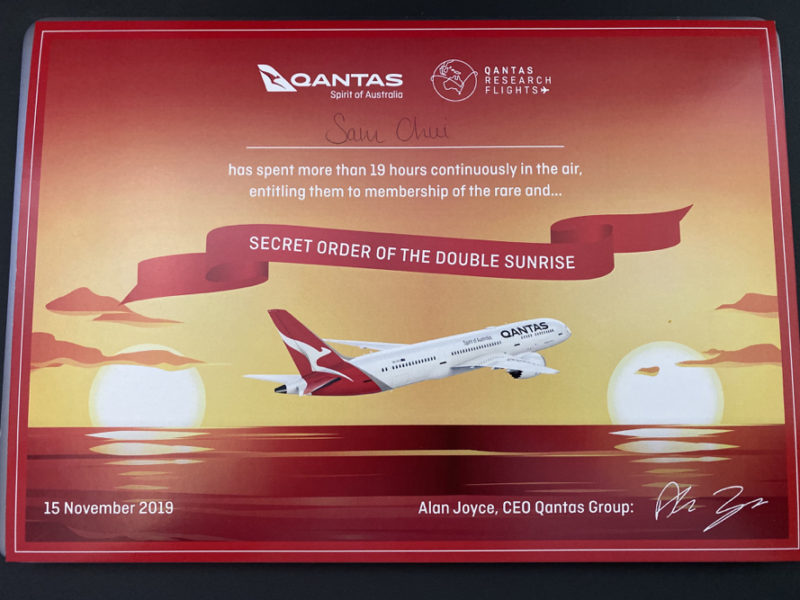
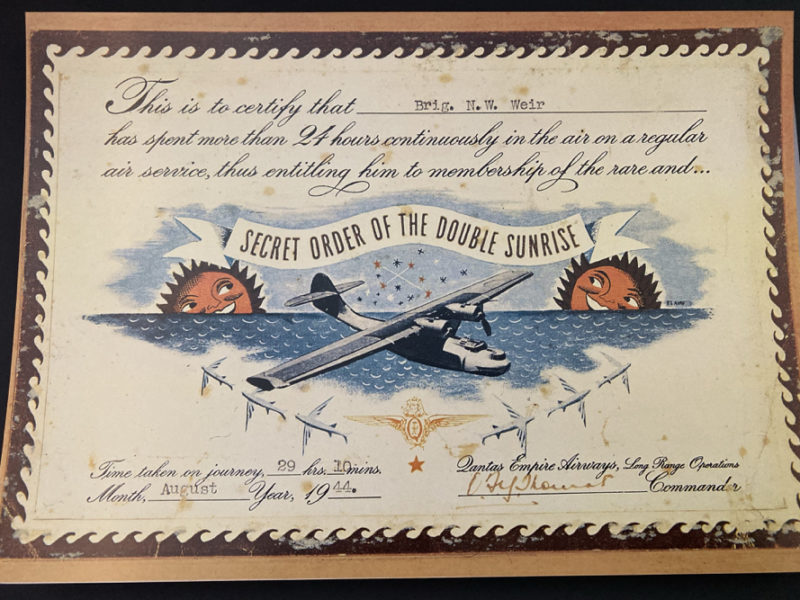
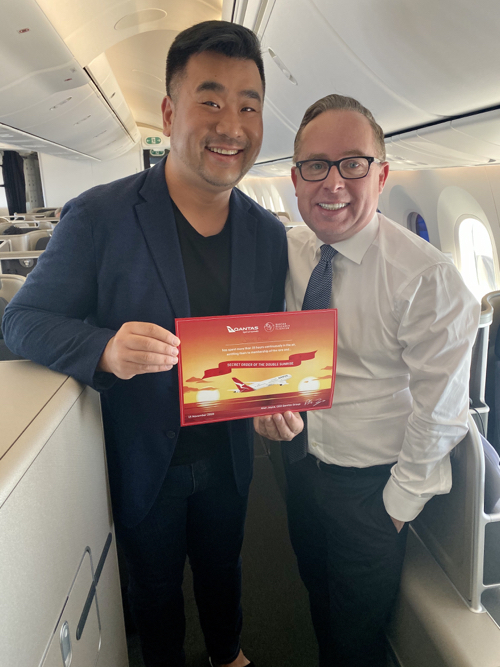
We reached the Northern Territories of Australia with just 4 hours remaining. Our fuel load on this flight was 100,800 Kilograms and we consumed about 93,200 kilograms, with an extra saving of 1,800 kilograms due to flight plan optimisation.
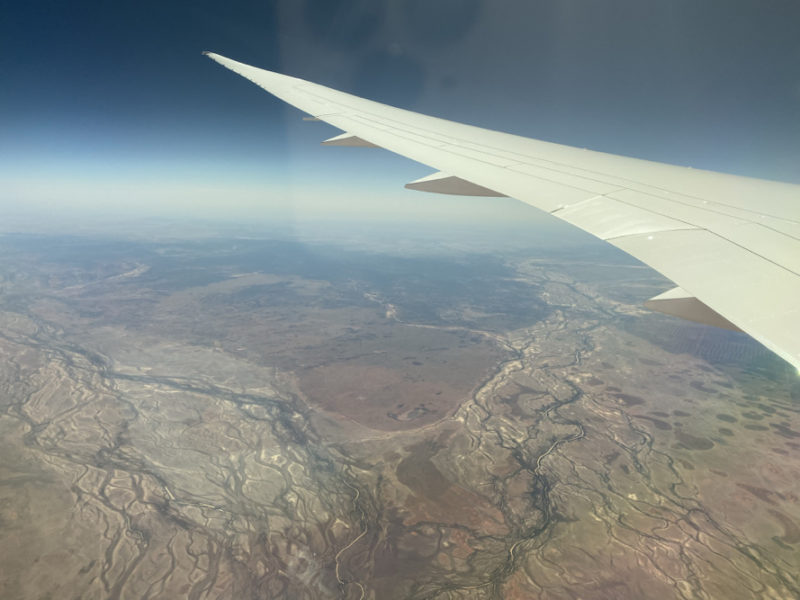
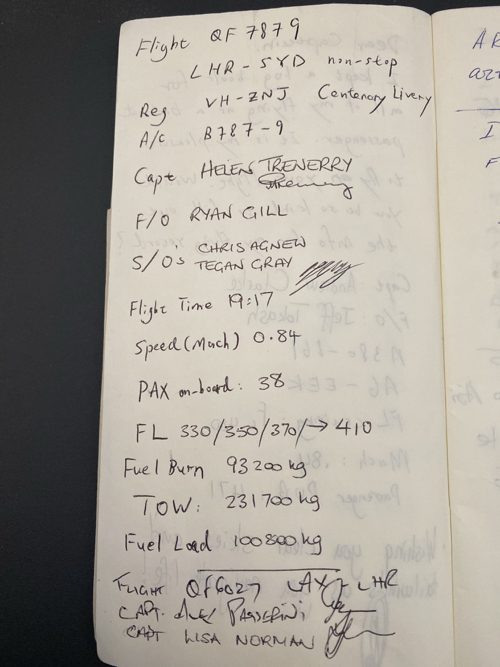
A light lunch was served before landing; the tagliatelle with beef ragu was simply delicious.
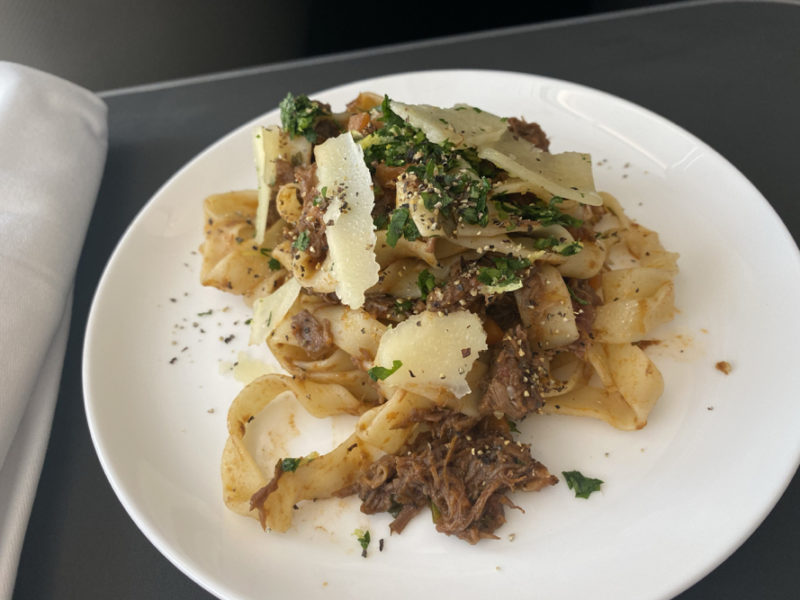
Our landing was made at 12:28 local time in Sydney. The total flying time was 19 hours and 19 minutes. The flight landed on Runway 34L and headed straight into the Qantas Jetbase hangar.
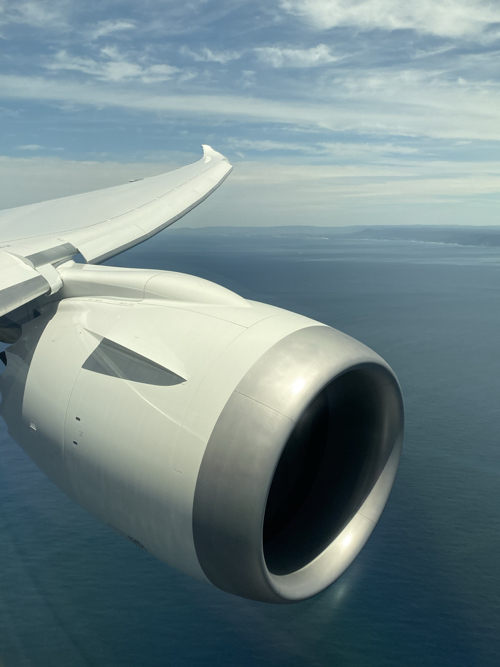
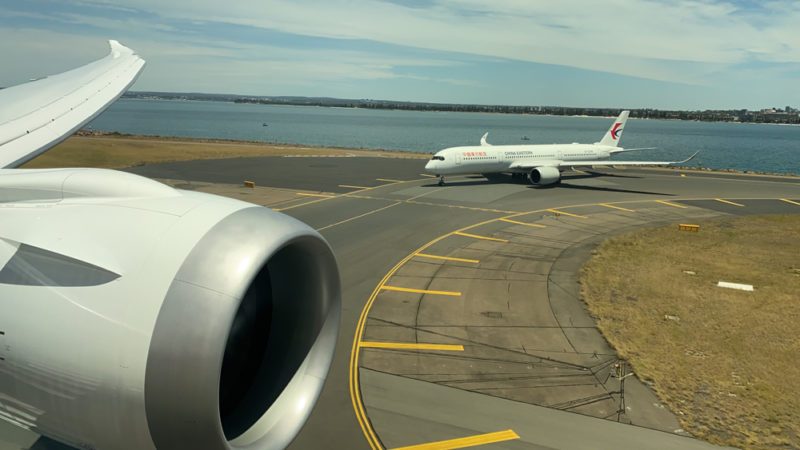
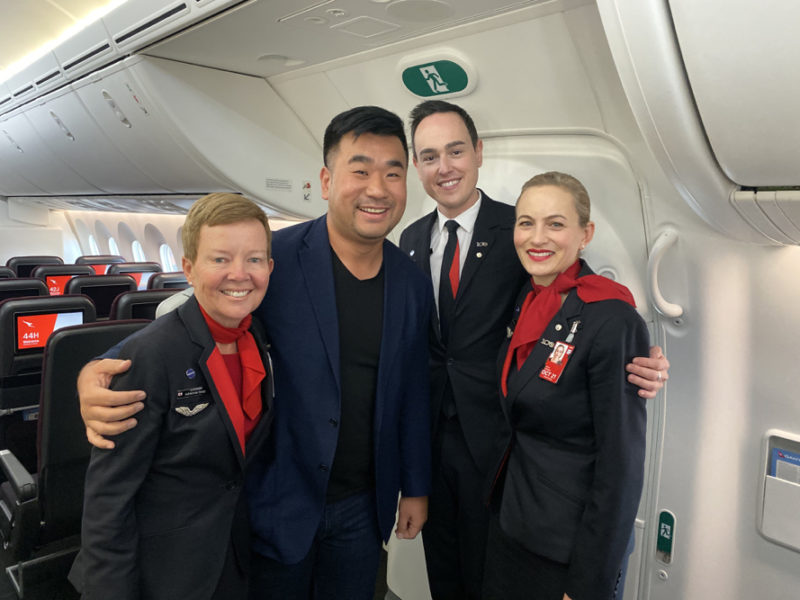
Qantas Centenary
The London to Sydney Project Sunrise research flight operated almost 100 years to the day of the first ever flight from the UK to Australia; which took off from Hounslow Heath (near today’s Heathrow Airport) on 12th November 1919, it landed in Darwin 28 days later on 10th December 1919.
It comes as the Australian national carrier celebrates 100 years of service. Among those at Sydney airport to greet QF7879 were the Australia Prime Minister Scott Morrison and opposition leader Anthony Albanese, as well as Qantas chairman Richard Goyder. Over 1,000 staff and guests attended the massive celebration.

Qantas Centenary B787-9 by Tim Bowrey
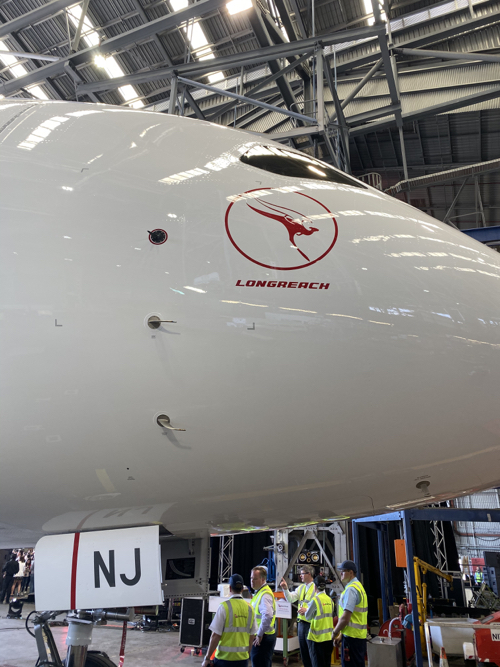
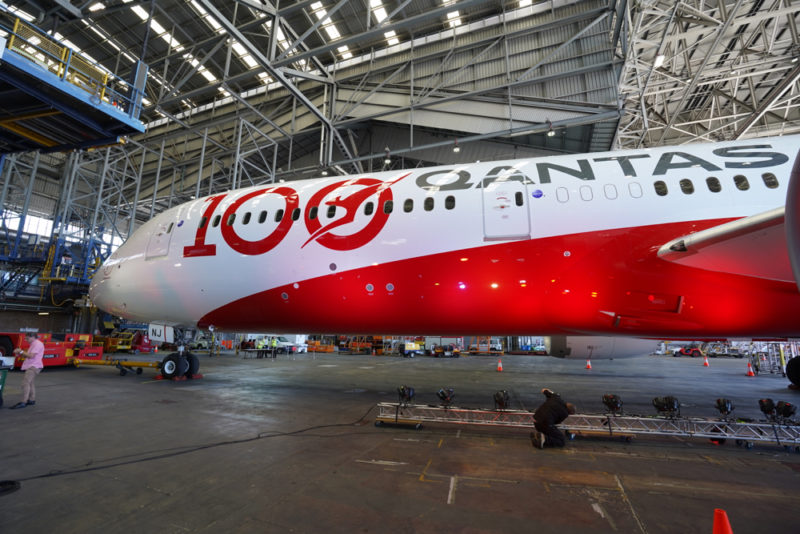
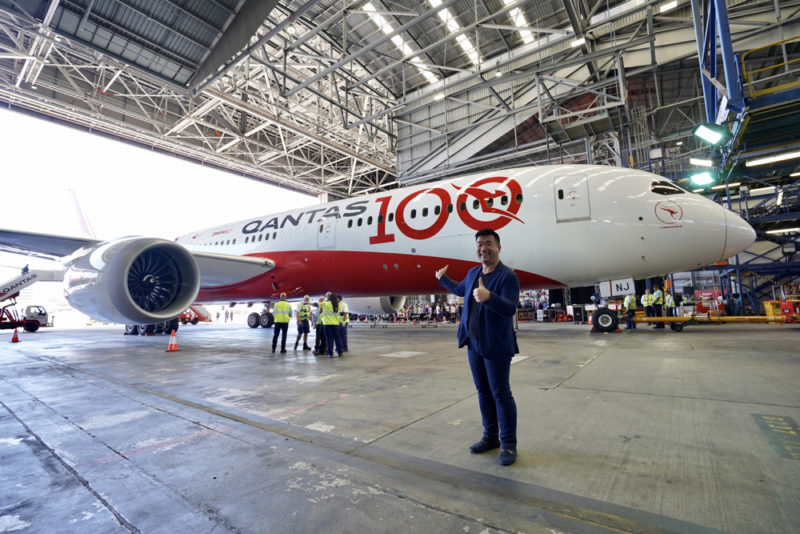
Conclusion
With the good jetlag strategies my body clock acclimatised well into Sydney's timezone at the beginning of the flight, so I didn't feel particularly jet lagged after arriving. I see advantages of less body fatigue on a 19 hours non-stop flight over a one stop flight, which usually takes at least 22 -24 hours from London to Sydney. The non-stop flight was long enough to warrant a long un-disruptive rest period. It remains interesting to see how the "roomier" Economy Class will fare should Project Sunrise go ahead. Kudos to Qantas for being focused on promoting the in-flight well being on this research flight.
Outcome of Project Sunrise
Airbus and Boeing have both pitched aircraft (the A350 and 777X respectively) with the range to operate Project Sunrise flights, on a commercial basis. These pitches, together with findings from the research flights and other streams of work, will form part of a business case being developed by Qantas to inform a final yes/no decision on Project Sunrise, expected by the end of this year. If approved, flights could start as early 2023.



